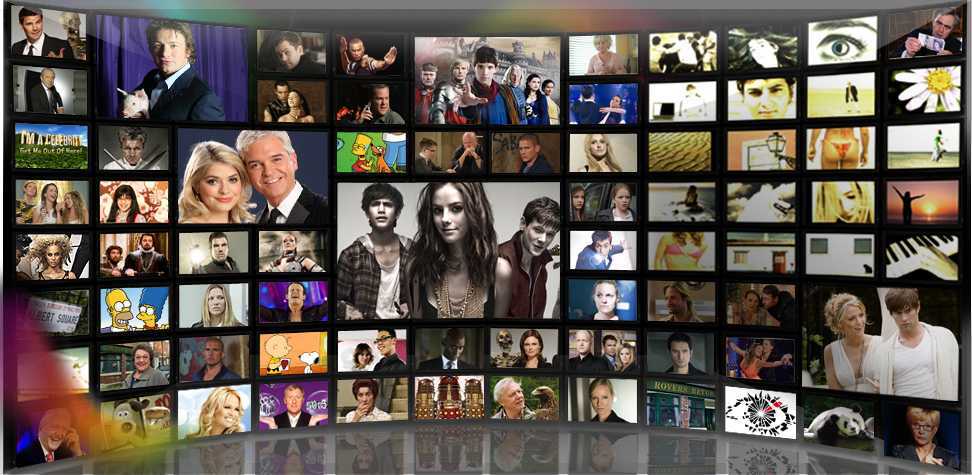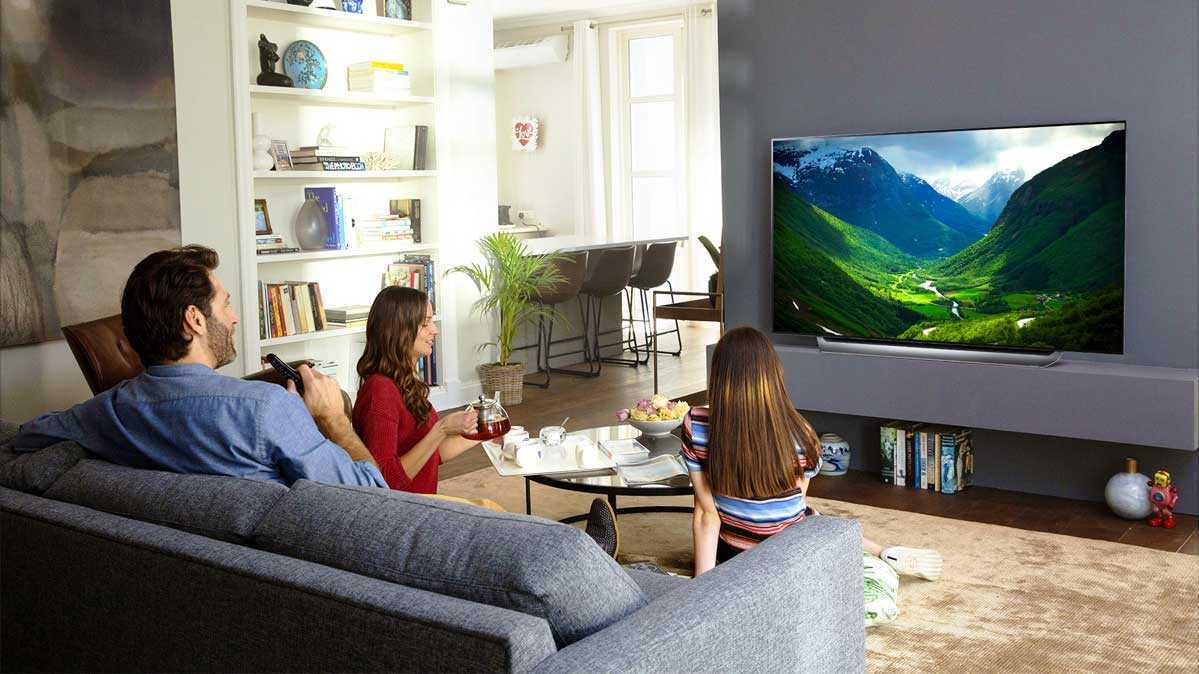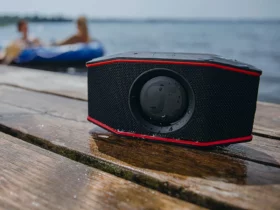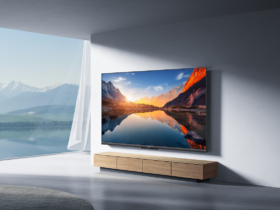Since liquid crystal TVs and innovative technologies such as HDR, 4K and OLED have arrived on the market, choosing the right TV has become a thorny issue. Let’s find out, in this buying guide, which are the best TVs to buy currently
In the eyes of the less experienced, the TVs on the market today may all look the same but technologies are rapidly evolving: the resolution up to 8K, l’HDROLED and MicroLED added a new experience while watching the television. The bright colors, clear and well-defined images push the manufacturers to increase the quality every year, thus meeting the demands of the square, eager to experience their contents in an increasingly immersive way.
Se you are determined to buy a television released this year keep reading, you will receive an overview of the most important products that have captured the scene in the last month. But before some explanation on the different types of technologies present on the best TVs on the market.
Best TVs to buy: the parameters to consider
Let’s find out what are the parameters and technical considerations on which to base when choosing the best TV that suits your needs.
Smart TV or not Smart TV? – Best TVs
Now every self-respecting TV is a Smart TV. Only very low-end or older models don’t have a smart part. But what does it mean in practice? It basically means that the TV works like a big smartphone. We can then install applications inside and connect to the web, as well as watch our favorite TV channels. If you must buy a TV, choose a smart TV so that you can take advantage of various streaming services such as Netflix, Amazon Prime Video and Disney+. The doubt may be which operating system to focus on. LG, Hisense and Samsung use proprietary solutions and work very well. Sony, Philips, TCL and others use Android TV instead which is a very flexible operating system. Panasonic has some models with a proprietary system (perhaps a little anachronistic), others with Android TV.
Plus the best TVs have dedicated processors and algorithms to increase image quality such as motion compensation, sharpening and saturation enhancement. In fact, the electronics and the image processor are the components that make the difference, even with the same panel, they allow you to have sharp images and colors faithful to reality or to the director’s choices.
LCD/LED/QLED/MiniLED – Migliori TV
LED TVs have monopolized the market replacing old plasma TVs. They are cheaper and guarantee lower energy consumption as well as the possibility of designing a modern and slim design, which allows you to hang the TV on the wall or ceiling without risking your health or the object itself.
LCD technology, despite its advanced stage of development, is still in excellent health. The main difference between different LCD TVs is the backlight. The cheaper models use a backlight LED Edge which causes an inhomogeneity in the images, especially in dark scenes. The higher-end models instead use a Full LED backlightfor better image quality. Recently, some models have also begun to arrive on the market with Mini LED backlighting, with performance comparable to OLED on contrasts thanks to a high number of LEDs. Another thing to look out for is the number of dimming zones: Higher means better contrast. The best LCD TVs also use a filter Quantum Dot to improve color fidelity.
OLED – Best TVs
OLED is now the most widespread technology in the medium-high range. The difference from an LED TV consists in not having a backlit panel behind it. In fact, pixels turn on independently: this technology allows for greater energy savings and the eyes also undergo less effort, effectively gaining in terms of health. THE colors are great and especially the contrast ratio (infinite) it’s the main advantage with LCD models. Costs have been decreasing slowly in recent times and OLED TVs are becoming increasingly accessible even in the mid-range. Currently, in terms of value for money, an OLED TV is certainly the most appropriate choice.
However, Samsung’s QLED panels have an advantage in terms of color fidelity and ability to reproduce color shades. On the other hand, however, the infinite contrast of OLEDs is truly exceptional, even if many high-end TVs with advanced dimming manage to deceive less expert eyes. There are also QD-OLEDs, i.e. displays that use OLEDs as backlights and Quantum Dots for color reproduction. They are very expensive in general and are probably a transitional technology.
Curved displays, is it worth it? – Best TVs
Recently, the major TV and monitor manufacturers have launched devices featuring a curved design on the market. The purpose? Engage the viewer more, enveloping his field of vision as much as possible. The cons? Only works if you are in a frontal potion.
Resolution – Best TVs
Most TVs currently on the market have three different types of resolution: HD Ready pari a 1280×720 pixel (o 1366×768 pixel), Full HD pari a 1920×1080 pixel e Ultra HD (4K) equal to 3840×2160 pixels and gradually also 8K (7680×4320 pixels). Here the choice is quite obvious: the wider the panel resolution, the better the image quality… and the higher the price of course. Full HD is now the bare minimum. But if you want a longer-lasting solution, better aim for 4K.
HDR – Best TVs
HDR stands for High Dynamic Range. It guarantees better color rendering thanks to different management of brightness and contrast, it is one of the technologies that has revolutionized image quality the most in recent years. It is not present in low-end models in general. The new standard Display HDR divides HDR TVs into three quality ranges, i.e HDR 400, HDR 600 e HDR 1000. The numbers refer to the peak brightness expressed in nits reached by the monitor

Audio – Best TVs
Sometimes the audio aspect is left out when choosing a TV, until you sit down on the sofa, turn it on for the first time and audio quality is not satisfactory or not powerful enough. Video quality yes, but let’s not forget the audio. And this not just when it comes to the sound quality of the TV itselfbut also the possibility of possible expansion with other peripherals (soundbar, diffusori, subwoofer, ecc.).
So let’s make sure that the device is compatible with multi-channel audio coding systems (virtual or real) such as Dolby Digital o DTS (Digital Theater System) and that the output audio strength is acceptable.
Gaming – Best TVs
If before to play at high levels it was necessary to buy a gaming monitor, with the arrival of HDMI 2.1, TV and smart TVs are becoming more and more competitive in the gaming world. First comes the ability to play 4K content up to 12o Hz, the minimum wage for playing at high levels. Then we have many new technologies such as:
- Variable Refresh Rate (VRR): Allows you to dynamically adjust the frame rate and synchronize it with that of the GPU or console. This prevents graphical glitches and lags
- Enhanced Audio Return Channel (eARC): allows you to make TV and audio devices talk in order to better synchronize the sound. Increase the bandwidth available
- Auto Low Latency (ALLM): allows you to automatically activate the Game mode which makes the display much more responsive, to the detriment of the image quality in general
- Quick media switching (QMS): in this way switching from a multimedia source becomes immediate.
Please note that not all TVs with HDMI 2.1 are compatible with all features! You have to check model by model.
Beware of DVB-T2 technology! – Best TVs
Full support for new generation digital terrestrial will be guaranteed only by televisions compatible with DVB-T2 technology supporting H.265/HEVC codec. All modern TVs should be compatible with this standard, but be careful with low-end models, especially for compatibility with H.265/HEVC.

Best TVs to buy: 4K, HDR, OLED and cheap
After seeing what are the technical aspects to take into consideration before buying the best TV adapted to your needs, it’s time to move on to list of the best TVs available on the market this month.
Best cheap TVs (under 300 euros)
Best low-end TVs (from 300 euros to 500 euros)
Best mid-range TVs (from 500 euros to 1000 euros)
Best high-end TVs (from 1000 to 3000 euros)
Best top-of-the-range TVs (over 3000 euros)
Best TVs to buy: is it worth the money?
A question that is regularly asked is: is it worth investing a considerable amount to then find yourself in the new year with a technology that will make the newly purchased model obsolete? The answer is simple: sure that next year there will be innovative technology that will make your old TV a thing of the past.
But this is technology, technological development, if there were no progress we would still be with steam engines or huge TVs but with very small screens.
We can however add that these latest technologies will not be replaced anytime soon. In fact, there has been a lot of progress in this direction and now it almost seems that the manufacturing companies have almost reached the maximum quality they can offer while maintaining affordable prices.
For the next few years let’s be ready to spread the resolution in 8K on the best TVs. This latest connection technology, when it arrives, will only be usable for video games that make the most of the new bandwidth of next-generation consoles.
See you next month!
This buying guide for best 4K, HDR, OLED TVs and more ends here. For any doubts or questions about the suggested products, do not hesitate to use the comment box below.
















Leave a Reply
View Comments